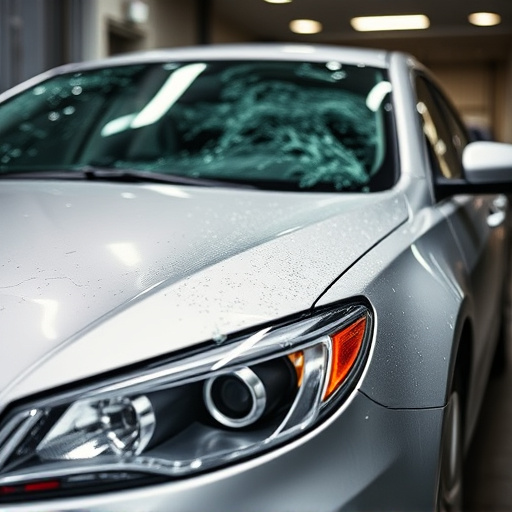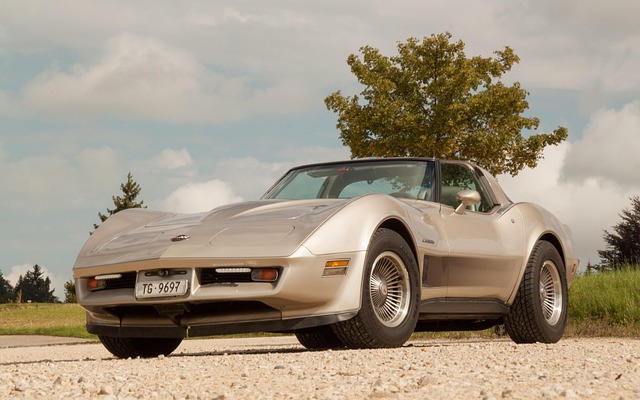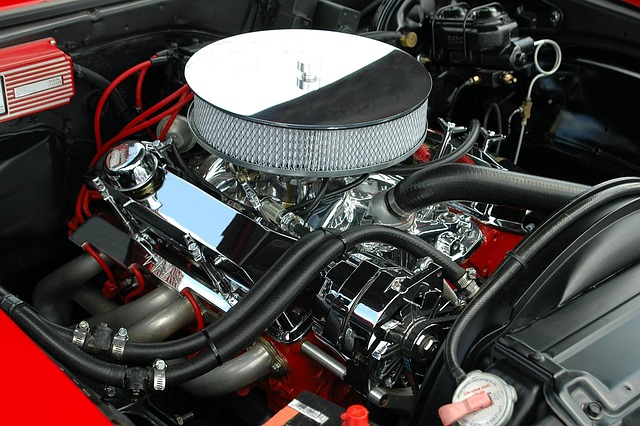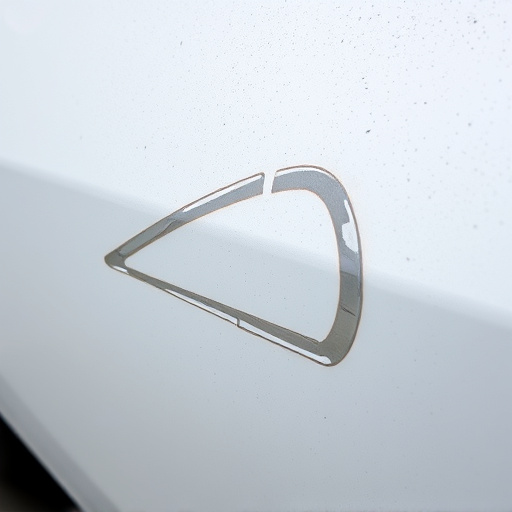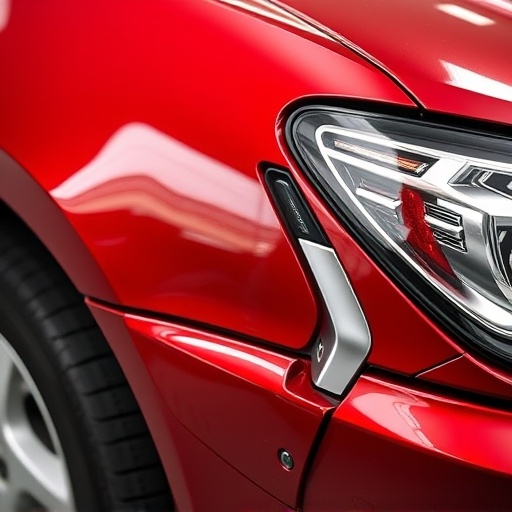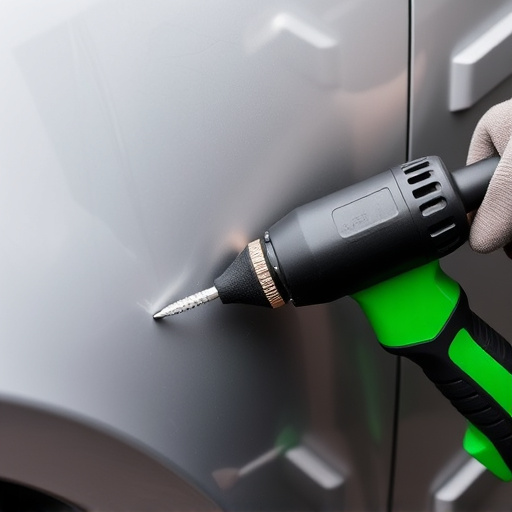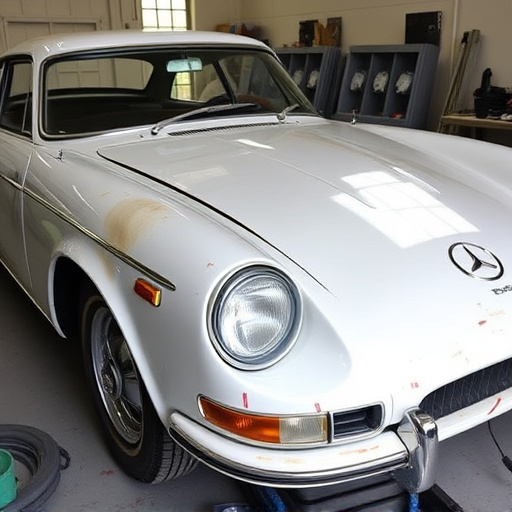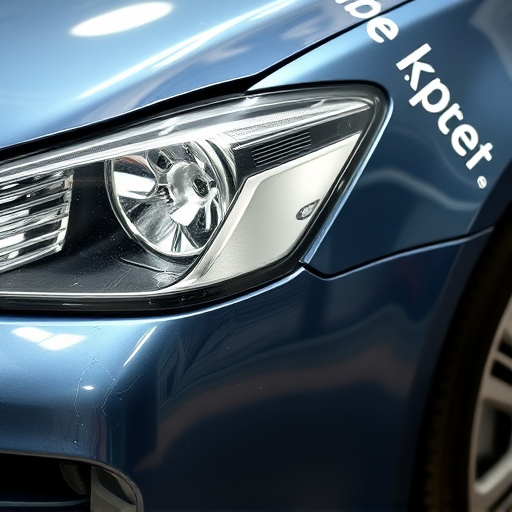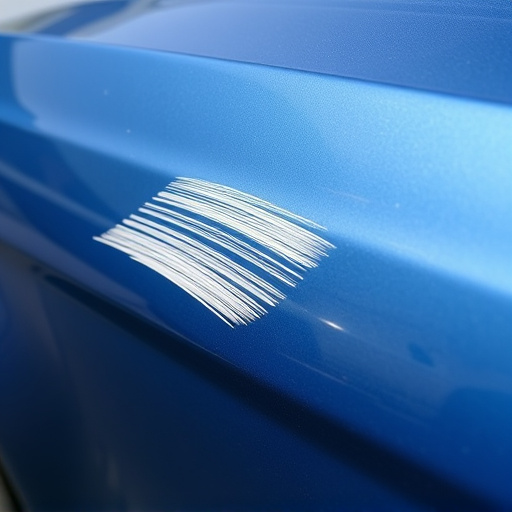After updating Tesla's infotainment system, easily configure the dashcam via the mobile app, connecting to your car's power and data interfaces. Customize settings for detailed recordings, remotely monitor footage, and integrate with vehicle apps for enhanced personal security and streamlined auto repair claims. Focus on specific zones prone to damage for proactive safety and irrefutable evidence.
After replacing Tesla’s infotainment system, understanding and configuring the vehicle’s advanced dashcam becomes crucial. This guide breaks down the process step-by-step, ensuring you maximize your surveillance capabilities. From understanding the integrated dashcam system post-update to accessing recorded footage and customizing settings for personalized monitoring, this comprehensive overview covers it all. Get ready to transform your Tesla into a fully-equipped, high-tech vehicle with enhanced safety features through expert Tesla dashcam configuration insights.
- Understanding Tesla's Dashcam System Post-Update
- Steps to Configure and Access Recorded Footage
- Customizing Settings for Personalized Surveillance
Understanding Tesla's Dashcam System Post-Update

Tesla’s dashcam system is a sophisticated feature that plays a crucial role in vehicle safety and security. After replacing the infotainment system, understanding how to configure the dashcam becomes essential for any Tesla owner. The post-update process involves several steps to ensure optimal performance and integration with your vehicle’s new tech setup.
Upon installation, the first step is to connect the dashcam to the vehicle’s power source and data interface. This typically involves plugging in a dedicated cable or adapter, ensuring seamless access to power and enabling communication between the camera and Tesla’s software ecosystem. Once powered on, users can customize settings through the updated infotainment system, allowing them to adjust recording parameters, monitor footage remotely, and integrate the dashcam with other vehicle-related apps. With these adjustments, owners can rest assured that their Tesla is equipped with cutting-edge surveillance technology, enhancing both personal security and potential auto repair claims.
Steps to Configure and Access Recorded Footage

After replacing your Tesla’s infotainment system, configuring the dashcam is a straightforward process that allows you to access and manage recorded footage efficiently. Start by opening the Tesla mobile app on your smartphone, ensuring it’s connected to your vehicle via Bluetooth. Navigate to the ‘Dashcam’ or ‘Camera’ section within the app, where you’ll find an overview of all available cameras in your car. Here, you can select the dashcam and view its settings.
To configure, enable frame-by-frame playback, allowing you to review each moment captured. You can also set preferences for video quality and storage duration, ensuring optimal recording without filling up space too quickly. Accessing recorded footage is simple; just tap on a specific clip or use the search function to find videos by date or time. This convenient process makes managing your Tesla’s dashcam recordings effortless, especially when considering potential automotive repair services or car scratch repairs that may arise from incident footage.
Customizing Settings for Personalized Surveillance

After replacing Tesla’s infotainment system, customizing the dashcam configuration allows for personalized surveillance that goes beyond basic recording. This involves tailoring settings to capture specific areas of interest within your vehicle, such as adjusting field of view, resolution, and sensitivity to ensure you get the most detailed footage in the event of an incident. For instance, if you’re concerned about rear-end collisions, you can tweak the camera’s angle and sensitivity to focus on that area.
This level of customization is particularly beneficial for those who take their automotive restoration or vehicle dent repair seriously. By configuring the dashcam to monitor areas prone to damage, such as door panels or the car’s exterior, you’ll have irrefutable evidence in case of insurance claims related to car damage repairs. It’s a proactive step that combines technology with peace of mind, offering a more comprehensive view of your vehicle’s security.
After replacing Tesla’s infotainment system, understanding and configuring the updated dashcam system is essential for personalized surveillance. By following simple steps outlined in this article—from understanding the system to accessing recorded footage and customizing settings—you can ensure your vehicle’s advanced safety feature functions optimally. With these adjustments, you’ll gain enhanced peace of mind on every drive.
